New metamaterial offers natural cooling without power input
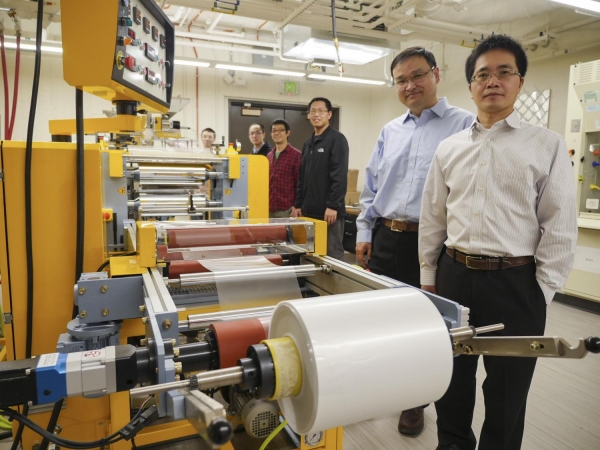
It acts as a type of air conditioning system for buildings
It acts as a type of air conditioning system for buildings
Researchers at the University of Colorado Boulder have developed a glass-polymer metamaterial (an engineered material with extraordinary properties not found in nature) that when applied to a surface, has the ability to cool it even under direct sunlight with zero energy and water consumption. The material, made out of glass microspheres, polymer film and silver, takes advantage of passive radiative cooling, the natural process through which objects shed heat in the form of infrared radiation. This is the same mechanism that Earth uses to cool itself at night, by emitting infrared radiation through the "atmospheric window" and into space. The research, whose findings were published in the journal Science last month, was funded in 2015 with a $3m federal grant by the Advanced Research Projects Agency-Energy (ARPA-E) of the US Department of Energy. ‘The key advantage of this technology is that it works 24/7 with no electricity or water usage’, says Ronggui Yang, professor of mechanical engineering and a Fellow of the American Society of Mechanical Engineers, one of the authors. The material has the form of a film and can be manufactured economically on rolls, so that large amounts of the material can be produced within minutes. "When produced at scale, we estimate that the material cost is only $0.50 per m2, since it can be produced at 100 m2 per minute," says Yang.
The daytime challenge
Several night-time radiative cooling products have already been developed, but midday conditions have been proven to be quite a challenge as traditional materials absorb sunlight, resulting in heating the surface instead of cooling it. The newly invented metamaterial film both reflects sunlight and allows infrared emission. It is a thin, flexible material with two layers: a sheet of polymer polymethylpentene containing randomly dispersed silicon-dioxide (SiO2) glass microspheres 8 μm in diameter and a 200 nm-thick silver coating, whose combination is only 50 μm thick (just slightly thicker than the aluminum foil used in a kitchen).
Applications
The new metamaterial could be used in many residential and commercial cooling applications. “Just 10 to 20 square meters of this material on the rooftop could nicely cool down a single-family house in summer,” said Gang Tan, an associate professor in the University of Wyoming’s Department of Civil and Architectural Engineering and a co-author of the paper.
Moreover, its application on a solar panel’s surface could help improve its efficiency and lifetime, as by cooling it, it could also recover an additional 1 or 2% of solar efficiency (in direct sunlight, panels can overheat to temperatures that obstruct their ability to convert solar rays into electricity). “Just by applying this material to the surface of a solar panel, we can cool the panel and recover an additional one to two percent of solar efficiency,” said Yin. “That makes a big difference at scale”, said Xiaobo Yin, another researcher on the project.
However, there are limitations to its use. "You cannot just use our material to wrap a building," explains Yang, as it would cool the building in hot summers, but it would keep cooling it during the winter. A thermal system design needs to be created, where the temperature can be controlled and cooled water is circulated around the building.
The researchers ‘are excited about the opportunity to explore potential uses in the power industry, aerospace, agriculture and more’, while they have already applied for a patent. Their plan is to create a 200m2 “cooling farm” prototype in Boulder in 2017.
Source: University of Colorado Boulder News
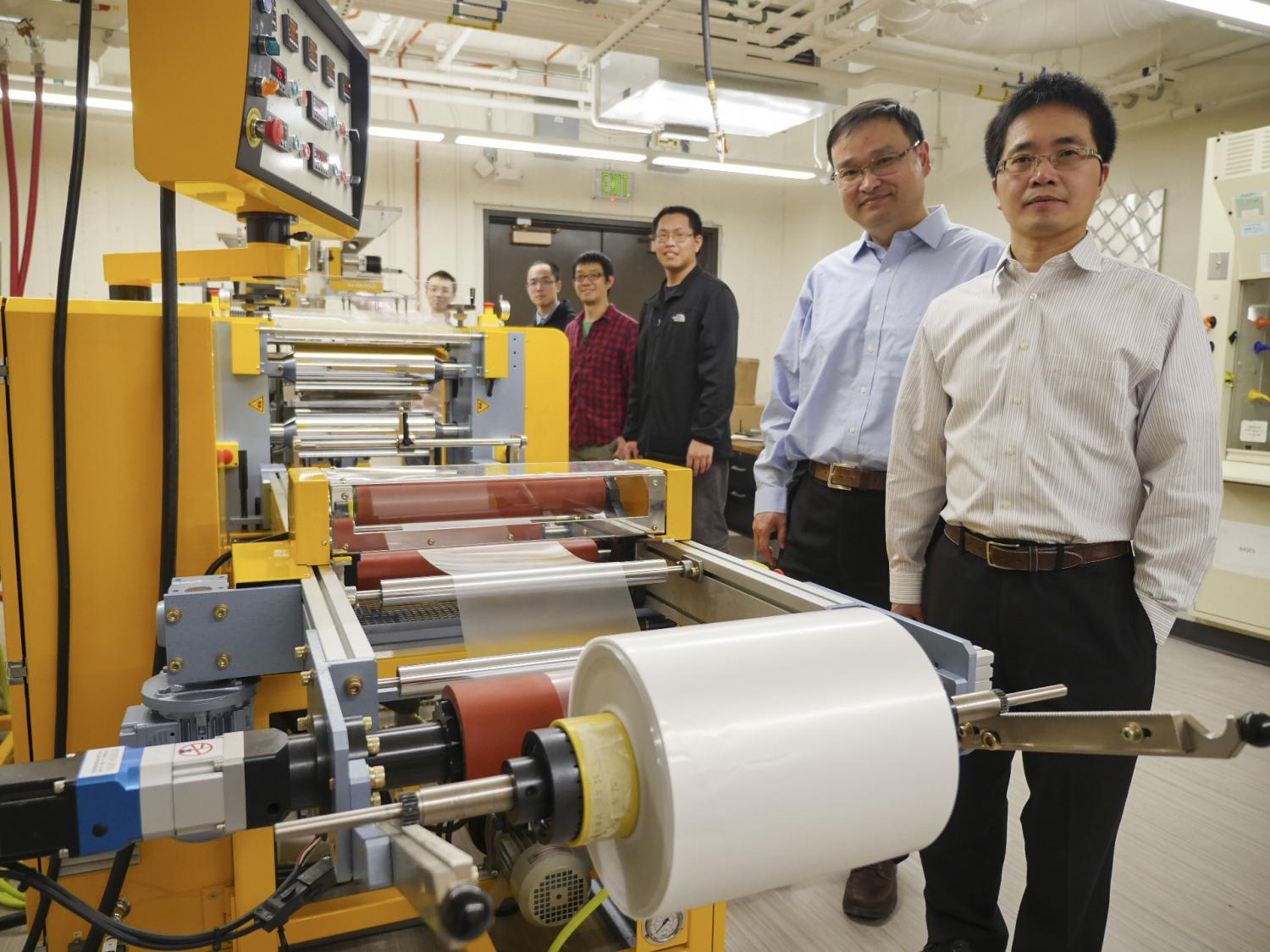
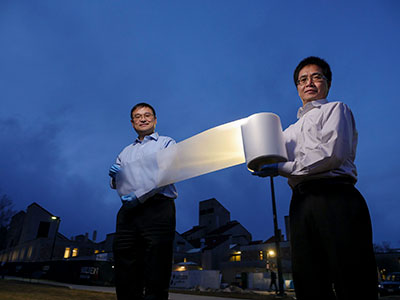
Source: University of Colorado Boulder News
Want to read more like this story?
The prospects for carbon-neutral buildings
Oct, 27, 2023 | NewsIn the United Kingdom, buildings account for 33% of greenhouse gas emissions and 40% of global ener...
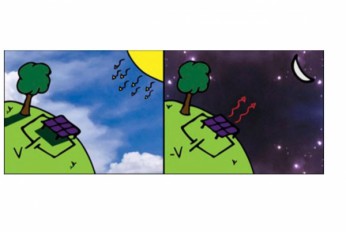
Scientists develop solar panels that can produce energy during the night
Nov, 15, 2019 | NewsScientists from the University of California, Davis, have developed new solar panels that can genera...

3D-printed buildings using soil material
Sep, 24, 2020 | NewsResearchers have developed a new technique to construct a building using a 3-D printer and soil mate...
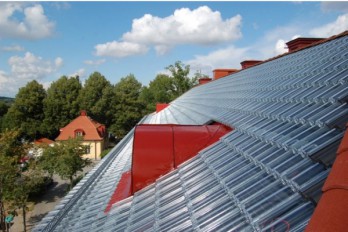
Can glass produce electricity? A Swedish company claims that it can!
Oct, 04, 2017 | NewsThey produce semi-transparent solar panels that can generate solar energy from glass facades, window...
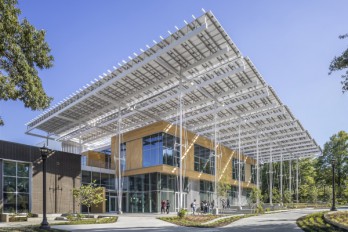
The "living building" in Georgia Tech University
Apr, 22, 2021 | NewsGeorgia Tech announced on Earth Day 2021 that one large project, the Kendeda building has been...

A new plastic material that vibrates under sunlight: is this the future of solar panels?
Jul, 19, 2016 | NewsIt could be used as the self-cleaning surface of solar panels, preventing sand and dust from s...
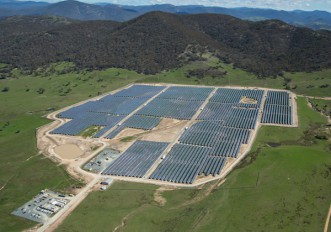
2016 was a milestone for large-scale solar energy projects in Australia
May, 15, 2017 | NewsWind power has also gained ground in the country as its cost has fallen Wind power has also gaine...
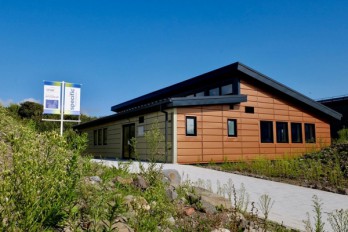
UK’s first energy-positive office opens in Swansea
Jul, 16, 2018 | NewsThe UK's first energy-positive classroom generates more than one and a half times the solar energy i...
Sustainable building materials and products: the latest trends
Jun, 30, 2023 | NewsArchitects and designers face numerous challenges when creating sustainable buildings or structures...
Trending

Vertical gardens in Mexico City to combat pollution

Saudi Park Closed After 360 Big Pendulum Ride Crashes to Ground, 23 injured

Characteristics of Load Bearing Masonry Construction

Taipei 101’s impressive tuned mass damper

Dutch greenhouses have revolutionized modern farming

Federal court rules Biden’s offshore drilling ban unlawful


